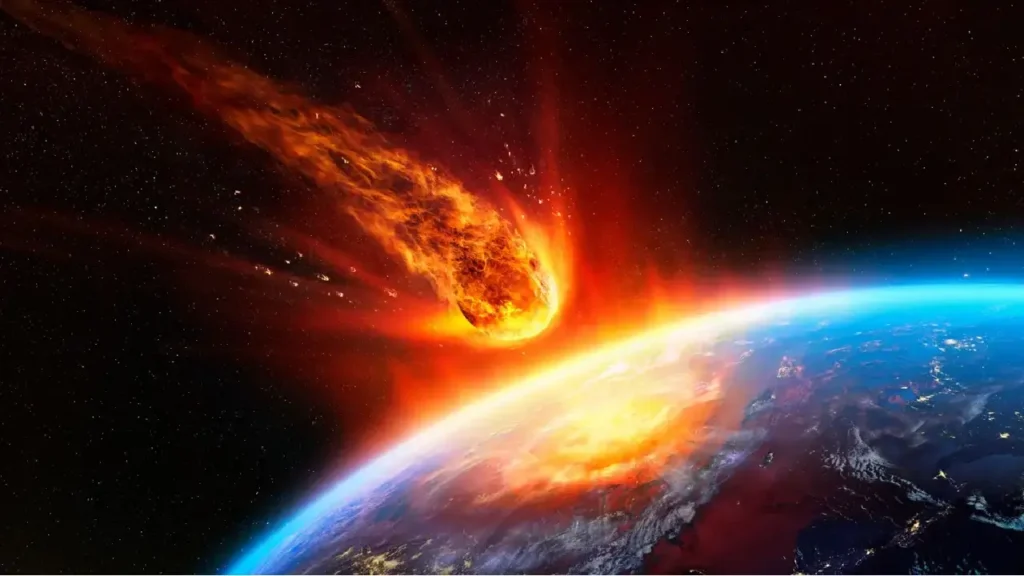A huge meteorite, first identified in 2014, was found to be associated with a tsunami greater than any one previously recorded by humans, alongside boiling the oceans, according to recent findings by scientists. This massive space rock, known as S2, was about 200 times bigger than the thought meteorite that had led to the dinosaurs’ extinction.
The S2 meteorite, about 40 to 60 kilometres wide,
Hit Earth some three billion years ago when the planet was still in its formative years, and was more like a huge ocean in which only a few continents were poking out of the water. Life, then, was unicellular microorganisms.
The leading author of this paper, Professor Nadja Drabon of Harvard University,
And her team undertook an arduous journey to the site in the Eastern Barberton Greenbelt of South Africa where the impact took place. The researchers, often escorted by rangers to ensure safe travels against wildlife and poachers, penetrated these remote mountainous areas. Rock samples gathered by the researchers are in substantial quantities and are considered essential for the interpretation of the outcome of the impact.
The impact left behind by S2
Created a monstrous crater of 500-kilometer diameter and projected shredded rocks into the atmosphere as a cloud, completing the encirclement of the planet. This brutal blow is thought to have produced an enormous tsunami through the world’s coastlines. The energy released from impact, as estimated by Professor Drabon, would have raised the temperature of the ocean significantly and great evaporation of seawater could occur.
A stark turn has emerged in the study where instead of merely causing damage, such massive impacts may have deposited essential nutrients like phosphorus and iron into the environment. Such nutrients, churned up by this unsettled activity, may have nourished early microbial life to thrive and to be resilient.
The impact would not have been just a cataclysmic event;
It might also have provided the conditions to make the environment hospitable for life, Drabon said. It’s like fertilizing a garden: impacts would have spread all the essential ingredients required for life across the whole Earth.
This gives a new perspective on the history of large meteorite impacts, in fact that the early Earth’s life forms would not only survive these events but rather thrive because of them.
Future research will go along with transforming this implication of how life began on Earth and to serve as how external impacts assisted in the increase of biological diversity.
